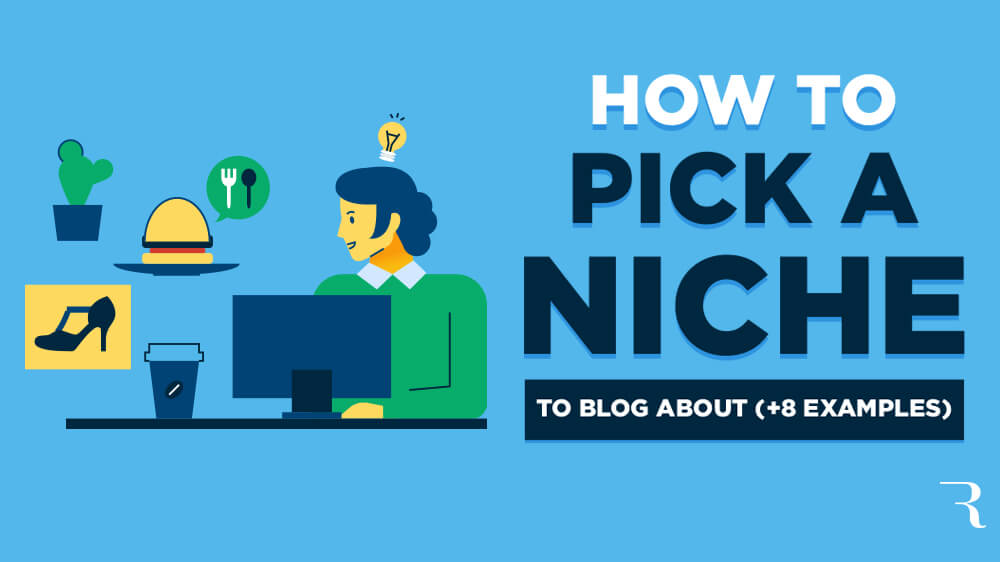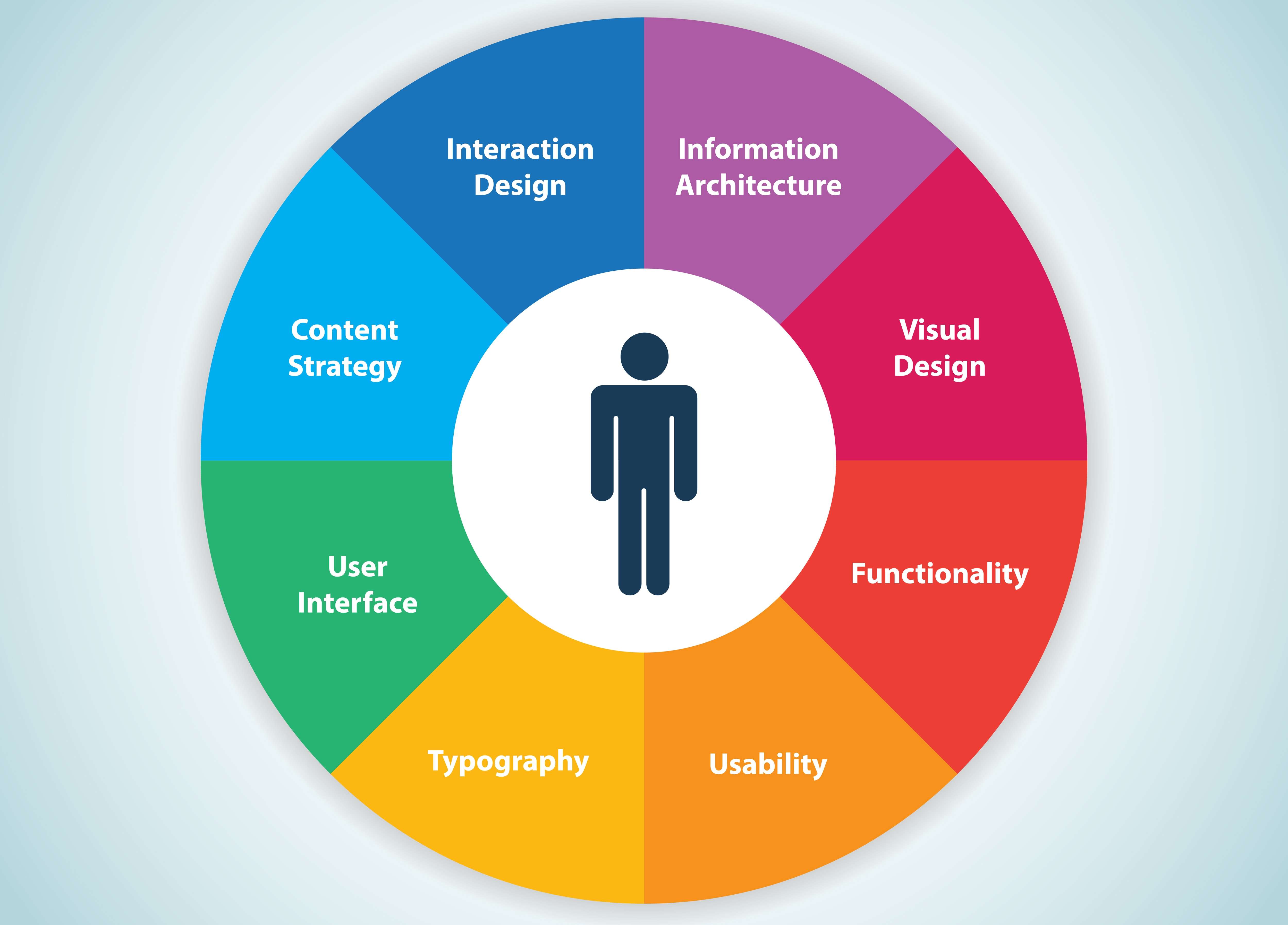Discovering Your Niche: Defining the Purpose of Your Blog
When learning how to start a personal blog, one of the most crucial steps is identifying your blog’s niche or topic. This decision will serve as the foundation of your online presence and help you attract a specific audience. A well-defined niche enables you to create content that resonates with your passions and expertise, making it easier to produce high-quality posts and engage with your readers.
To choose a theme that works for you, consider your hobbies, interests, and areas of expertise. What are you knowledgeable about? What do you enjoy talking about? What problems do you want to solve for your readers? Answering these questions will help you narrow down your options and select a niche that aligns with your goals and values.
Some popular niches for personal blogs include lifestyle, travel, food, fashion, and technology. However, it’s essential to remember that your niche can be as specific or broad as you like. The key is to find a topic that you’re passionate about and can commit to writing about regularly.
Once you’ve selected your niche, it’s time to define the purpose of your blog. What do you want to achieve with your online presence? Are you looking to share your expertise, build a community, or simply express yourself creatively? Establishing a clear purpose will help you stay focused and ensure that your content resonates with your target audience.
By taking the time to discover your niche and define the purpose of your blog, you’ll be well on your way to creating a successful online presence. Remember, your niche is not set in stone, and you can always adjust it as you grow and learn more about your audience. The important thing is to start with a clear direction and be willing to adapt and evolve over time.
Setting Up Your Blogging Platform: Choosing the Right Tools for Success
When it comes to learning how to start a personal blog, selecting the right blogging platform is a crucial step. With so many options available, it can be overwhelming to choose the best one for your needs. In this section, we’ll explore the different types of blogging platforms, their features, and what to consider when making your decision.
One of the most popular blogging platforms is WordPress. With its flexibility, customization options, and scalability, WordPress is an excellent choice for both beginners and experienced bloggers. It offers a vast array of themes, plugins, and widgets, making it easy to create a unique and engaging blog.
Another popular option is Blogger, a free blogging platform from Google. Blogger is user-friendly, easy to set up, and integrates seamlessly with other Google services. However, it has limited customization options compared to WordPress.
Medium is another popular platform that has gained significant attention in recent years. Known for its minimalistic design and focus on content, Medium is an excellent choice for writers who want to focus on their writing rather than design.
When choosing a blogging platform, consider the following factors:
- Customization options: Can you personalize your blog’s design and layout to suit your brand?
- Ease of use: Is the platform user-friendly, even for those with limited technical expertise?
- Scalability: Will the platform grow with your blog, or will you need to switch to a different platform as your traffic increases?
- Cost: Are there any costs associated with using the platform, such as hosting fees or premium features?
- Integration: Does the platform integrate with other services you use, such as social media or email marketing tools?
By considering these factors and choosing the right blogging platform, you’ll be well on your way to creating a successful personal blog. Remember, the key is to select a platform that aligns with your needs and goals, and provides the flexibility and scalability you need to grow your online presence.
Registering Your Domain Name and Web Hosting: Establishing Your Online Identity
Once you’ve chosen your blogging platform, it’s time to register your domain name and select a web hosting service. This step is crucial in establishing your online identity and creating a professional-looking blog. In this section, we’ll explore the process of registering a domain name and selecting a web hosting service, including factors to consider such as cost, reliability, and customer support.
Registering a domain name is a straightforward process that involves choosing a unique and memorable name for your blog. This name will be the address that readers use to access your blog, so it’s essential to choose a name that is easy to remember and relevant to your blog’s content. You can register your domain name through a registrar such as GoDaddy or Namecheap, and the cost will typically range from $10 to $30 per year.
After registering your domain name, you’ll need to select a web hosting service. Web hosting services provide the servers and infrastructure that your blog needs to operate, and they can range from basic shared hosting plans to more advanced dedicated hosting plans. When selecting a web hosting service, consider the following factors:
- Cost: What is the monthly or annual cost of the hosting plan, and are there any discounts for long-term commitments?
- Reliability: What is the uptime guarantee of the hosting service, and what kind of support do they offer in case of technical issues?
- Customer support: What kind of support does the hosting service offer, and are they available 24/7 to assist with technical issues?
- Scalability: Will the hosting service be able to accommodate your blog’s growth, or will you need to upgrade to a more advanced plan?
Some popular web hosting services for bloggers include Bluehost, SiteGround, and HostGator. These services offer a range of plans and features, including free domain registration, unlimited storage and bandwidth, and 24/7 customer support.
By registering your domain name and selecting a web hosting service, you’ll be able to establish a professional-looking blog that is accessible to readers around the world. Remember to choose a domain name that is unique and memorable, and select a web hosting service that meets your needs and budget.
Designing Your Blog’s Visual Identity: Creating a Captivating User Experience
When it comes to learning how to start a personal blog, designing a visually appealing blog is crucial for creating a captivating user experience. A well-designed blog can help establish your brand, build trust with your readers, and ultimately drive more traffic to your site. In this section, we’ll explore the importance of creating a visually appealing blog design, including tips on choosing a theme, customizing layouts, and selecting fonts and colors.
Choosing a theme is the first step in designing your blog’s visual identity. With so many free and paid themes available, it can be overwhelming to choose the right one. When selecting a theme, consider the following factors:
- Responsiveness: Is the theme mobile-friendly and responsive, ensuring that it looks great on all devices?
- Customization options: Can you easily customize the theme to fit your brand and style?
- Speed: Is the theme optimized for speed, ensuring that your blog loads quickly and efficiently?
Once you’ve chosen a theme, it’s time to customize your blog’s layout. This can include adding widgets, changing the color scheme, and adjusting the font sizes. When customizing your layout, consider the following tips:
- Keep it simple: Avoid cluttering your blog with too many widgets or features.
- Use white space effectively: White space can help create a clean and modern design.
- Make it easy to navigate: Ensure that your readers can easily find what they’re looking for.
Selecting fonts and colors is also an important part of designing your blog’s visual identity. When choosing fonts, consider the following tips:
- Choose a font that’s easy to read: Avoid using fonts that are too ornate or difficult to read.
- Use a consistent font: Use the same font throughout your blog to create a cohesive look.
When selecting colors, consider the following tips:
- Choose colors that reflect your brand: Use colors that align with your brand and style.
- Use a limited color palette: Avoid using too many colors, as this can create a cluttered and overwhelming design.
By following these tips and designing a visually appealing blog, you can create a captivating user experience that will help establish your brand and drive more traffic to your site.
Producing High-Quality Content: Crafting Engaging Blog Posts
When it comes to learning how to start a personal blog, producing high-quality content is crucial for attracting and retaining readers. Well-written, engaging, and informative blog posts can help establish your authority in your niche, build trust with your audience, and drive more traffic to your site. In this section, we’ll offer advice on how to write compelling blog posts, including tips on structuring content, using keywords, and optimizing images.
Structuring your content is essential for creating engaging blog posts. A clear and concise structure can help readers quickly understand the main points of your post and stay engaged. When structuring your content, consider the following tips:
- Use a clear and concise headline: Your headline should accurately reflect the content of your post and grab the reader’s attention.
- Write a compelling introduction: Your introduction should provide context for your post and entice readers to continue reading.
- Use subheadings and bullet points: Subheadings and bullet points can help break up your content and make it easier to read.
- Conclude with a call-to-action: Your conclusion should summarize the main points of your post and encourage readers to take action.
Using keywords is also important for optimizing your blog posts for search engines. When using keywords, consider the following tips:
- Conduct keyword research: Use tools like Google Keyword Planner or Ahrefs to find relevant keywords for your post.
- Use keywords strategically: Use your keywords throughout your post, but avoid overusing them.
- Use long-tail keywords: Long-tail keywords can help you target specific search queries and attract more targeted traffic.
Optimizing your images is also crucial for creating engaging blog posts. When optimizing your images, consider the following tips:
- Use high-quality images: Use high-quality images that are relevant to your post and help illustrate your points.
- Use alt tags and descriptions: Use alt tags and descriptions to provide context for your images and help search engines understand their content.
- Compress your images: Compressing your images can help reduce their file size and improve page load times.
By following these tips and producing high-quality content, you can create engaging blog posts that attract and retain readers. Remember to always keep your content fresh, informative, and engaging, and to optimize it for search engines to improve your visibility and rankings.
Building Your Audience: Promoting Your Blog and Engaging with Readers
Once you’ve created high-quality content, it’s time to promote your blog and engage with your readers. Building a loyal readership is crucial for the success of your blog, and there are several strategies you can use to achieve this. In this section, we’ll explain the importance of promoting your blog through social media, email marketing, and other channels, including strategies for building a loyal readership.
Social media is a powerful tool for promoting your blog and engaging with your readers. By creating social media accounts and sharing your content, you can reach a wider audience and drive more traffic to your site. When using social media, consider the following tips:
- Choose the right platforms: Focus on the social media platforms where your target audience is most active.
- Create engaging content: Share a mix of promotional and engaging content to keep your audience interested.
- Use hashtags: Use relevant hashtags to make your content more discoverable.
Email marketing is another effective way to promote your blog and engage with your readers. By building an email list and sending regular newsletters, you can keep your readers informed about new content and updates. When using email marketing, consider the following tips:
- Create a compelling opt-in offer: Offer a free resource or incentive to encourage readers to sign up for your email list.
- Send regular newsletters: Send regular newsletters to keep your readers informed about new content and updates.
- Segment your list: Segment your email list to ensure that you’re sending relevant content to the right people.
Other channels you can use to promote your blog and engage with your readers include:
- Guest blogging: Write guest posts for other blogs in your niche to reach a wider audience.
- Collaborate with influencers: Collaborate with influencers in your niche to reach a wider audience.
- Optimize for SEO: Optimize your blog for search engines to improve your visibility and rankings.
By promoting your blog and engaging with your readers, you can build a loyal readership and drive more traffic to your site. Remember to always focus on providing value to your readers, and to use a mix of promotional and engaging content to keep them interested.
Optimizing Your Blog for Search Engines: Improving Visibility and Rankings
When it comes to learning how to start a personal blog, optimizing your blog for search engines is crucial for improving visibility and rankings. Search engine optimization (SEO) is the process of improving the quality and quantity of website traffic by ranking higher in search engines for specific keywords or phrases. In this section, we’ll discuss the basics of SEO for bloggers, including tips on keyword research, meta tags, and link building.
Keyword research is the first step in optimizing your blog for search engines. By identifying the right keywords and phrases, you can create content that is relevant to your target audience and improve your visibility in search engines. When conducting keyword research, consider the following tips:
- Use keyword research tools: Tools like Google Keyword Planner, Ahrefs, and SEMrush can help you identify relevant keywords and phrases.
- Identify long-tail keywords: Long-tail keywords are more specific phrases that have lower competition and higher conversion rates.
- Use keywords strategically: Use your keywords throughout your content, but avoid overusing them.
Meta tags are another important aspect of SEO for bloggers. Meta tags are small text descriptions that appear in the HTML code of your website and provide information about your content to search engines. When using meta tags, consider the following tips:
- Write compelling title tags: Your title tag should accurately reflect the content of your page and entice users to click.
- Write descriptive meta descriptions: Your meta description should provide a brief summary of your content and entice users to click.
- Use header tags: Header tags (H1, H2, H3, etc.) help structure your content and highlight important keywords.
Link building is also an important aspect of SEO for bloggers. By building high-quality backlinks to your website, you can improve your authority and ranking in search engines. When building links, consider the following tips:
- Guest blog on other websites: Guest blogging is a great way to build relationships with other bloggers and build backlinks to your website.
- Participate in online communities: Participating in online communities related to your niche can help you build relationships and build backlinks.
- Use internal linking: Internal linking helps users navigate your website and can also help search engines understand your content.
By following these tips and optimizing your blog for search engines, you can improve your visibility and rankings, and drive more traffic to your website.
Maintaining and Updating Your Blog: Ensuring Long-Term Success
Once you’ve launched your blog, it’s essential to maintain and update it regularly to ensure long-term success. This includes scheduling posts, responding to comments, and analyzing performance metrics. In this section, we’ll offer guidance on how to keep your blog fresh and up-to-date, including tips on maintaining a consistent posting schedule, engaging with your audience, and monitoring your blog’s performance.
Scheduling posts is crucial for maintaining a consistent flow of content on your blog. By scheduling posts in advance, you can ensure that your blog remains active and engaging, even when you’re not available to post. When scheduling posts, consider the following tips:
- Use a content calendar: A content calendar can help you plan and organize your content in advance.
- Set a consistent schedule: Set a consistent schedule for posting, whether it’s daily, weekly, or monthly.
- Use automation tools: Use automation tools like Hootsuite or Buffer to schedule your posts in advance.
Responding to comments is also essential for engaging with your audience and building a loyal readership. When responding to comments, consider the following tips:
- Respond promptly: Respond to comments promptly, ideally within 24 hours.
- Be engaging: Be engaging and friendly in your responses, and try to add value to the conversation.
- Use comments to spark conversations: Use comments to spark conversations and encourage further discussion.
Analyzing performance metrics is also crucial for understanding your blog’s performance and making data-driven decisions. When analyzing performance metrics, consider the following tips:
- Use analytics tools: Use analytics tools like Google Analytics to track your blog’s traffic, engagement, and conversion rates.
- Monitor your metrics regularly: Monitor your metrics regularly to identify trends and patterns.
- Use data to inform your decisions: Use data to inform your decisions and make adjustments to your content and marketing strategy.
By following these tips and maintaining a consistent posting schedule, engaging with your audience, and monitoring your blog’s performance, you can ensure long-term success and build a loyal readership.






